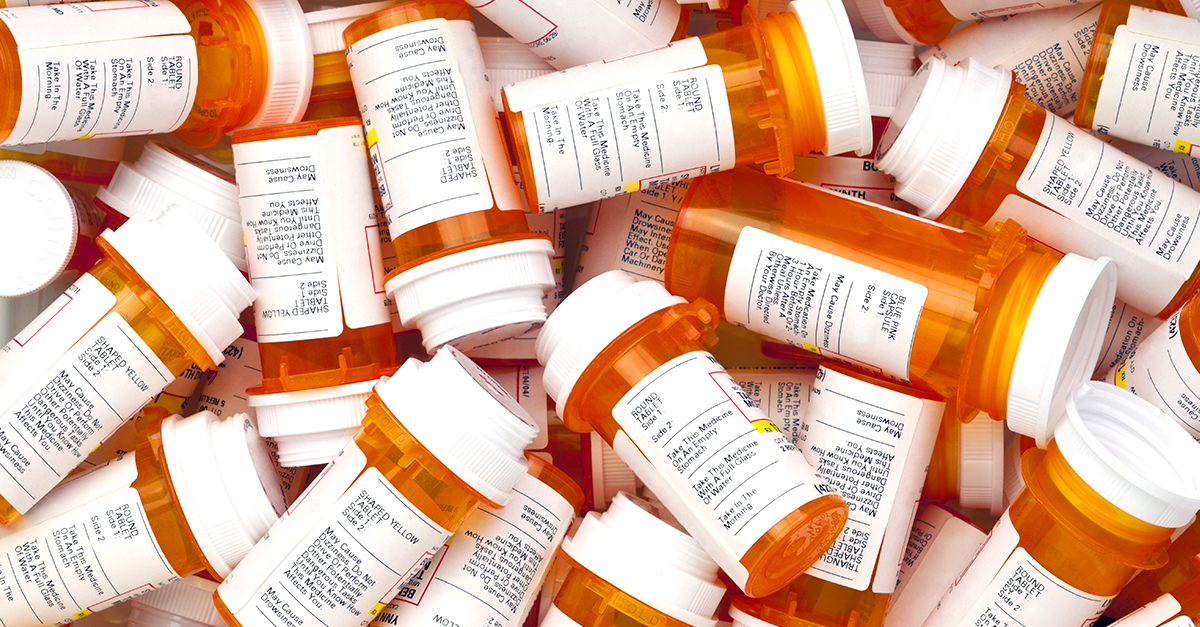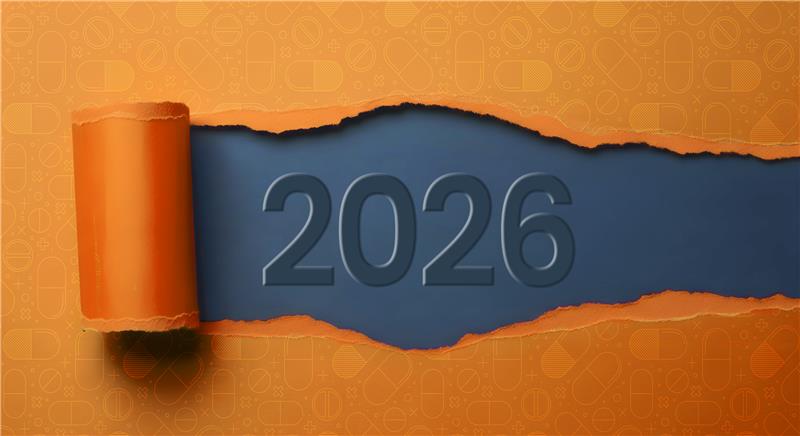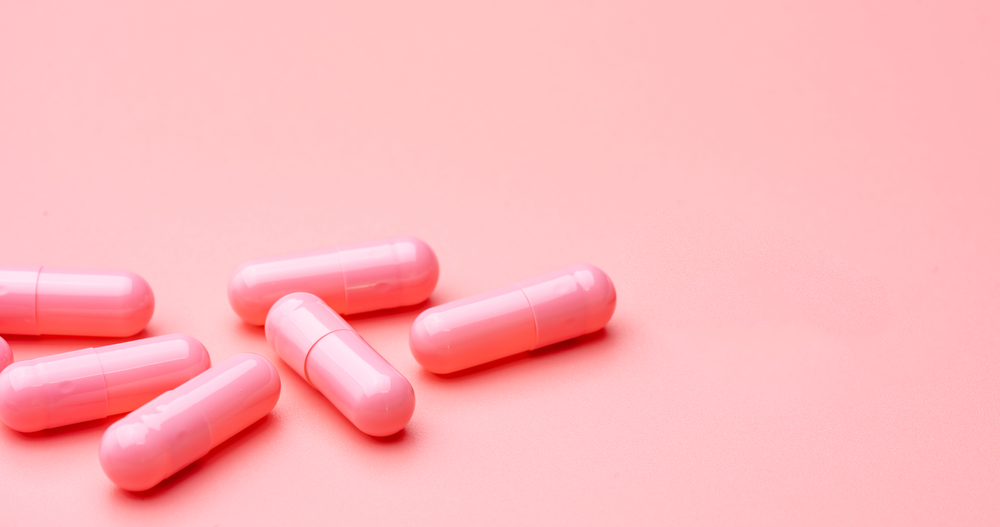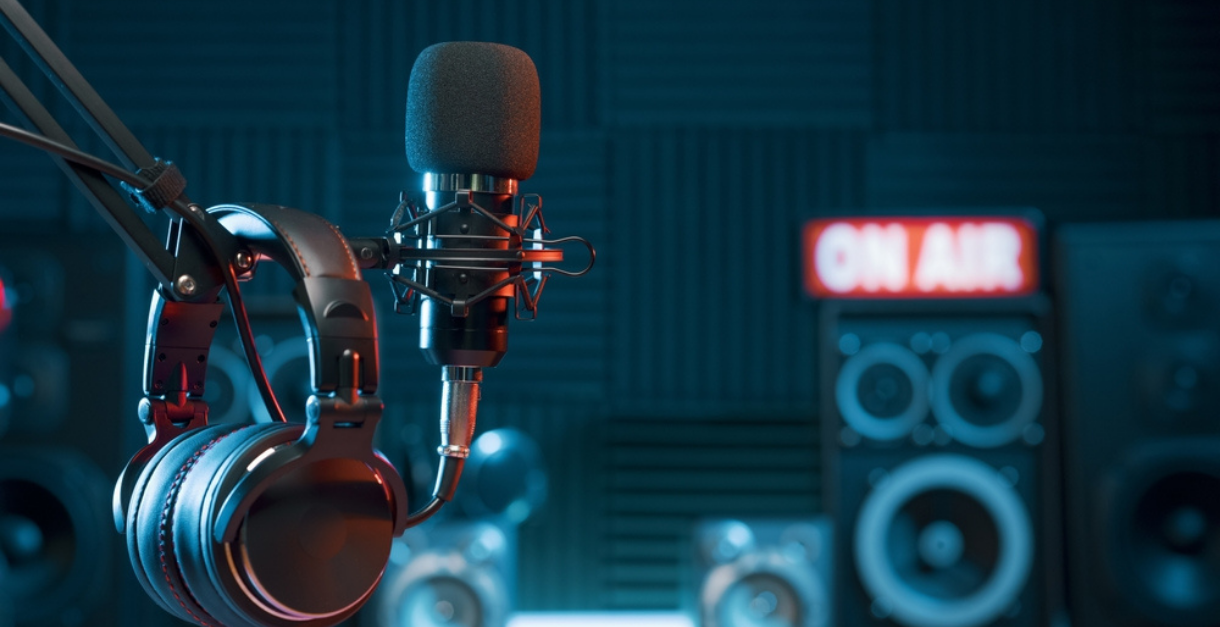Giving Pill Bottles a Second Life: Easy Ways to Cut Plastic Waste
Prescription bottles are one of the most common forms of medication packaging in health care. A single container may seem insignificant, but multiplied by the nearly five billion prescriptions filled in the United States each year,1 these bottles create tons of plastic waste.
Unlike aluminum cans or cardboard boxes, pill bottles are rarely accepted in curbside recycling programs. Their small size and lightweight material make them difficult to process, which means most of them end up in landfills. For members who receive medications regularly, the bottles can quickly pile up with no clear guidance on how to properly discard them.
At Navitus, we’re committed to reducing waste and supporting long-term sustainability. That’s why we’ve gathered some practical ways to give your pill bottles a second life. With a little creativity, you can turn them from “waste” into useful everyday items.
PREPARE YOUR PILL BOTTLES FOR RECYCLING
Before bottles can be recycled or reused, they must be properly prepared. Take these simple steps to ensure your bottles are clean and ready for their next purpose:
- Remove or black out all personal information on the label
- Wash and dry each bottle thoroughly to remove any leftover residue
Once your bottles are prepped, they’re ready to be put to work in new ways.

10 WAYS TO REPURPOSE YOUR PILL BOTTLES
1. Check local recycling options
Recycling is the first and most direct way to keep bottles out of landfills. Most pill bottles are made from #5 plastic (polypropylene). Some municipal programs accept this material through curbside recycling, while others may collect it through designated drop-off sites. To find nearby #5 rigid plastic recycling centers, use Earth911 or RecycleNation to search by your ZIP code.
If you’re also getting rid of leftover, unused or expired medications, check with your local pharmacy, as many offer on-site drop-off stations or mail-back programs. You can also follow the FDA guidelines for safe, at-home disposal.
2. Donate to animal shelters or clinics
Clean pill bottles can serve a second purpose while supporting organizations in your community. Some veterinary clinics or animal shelters often accept clean pill bottles for dispensing pet medications. Contact your local shelter or clinic to confirm what they accept before donating.
3. Create a travel-sized first-aid kit
Pill bottles are the right size for basic first-aid supplies such as bandages, antiseptic wipes, pain relievers and other small items you may need away from home. Labeled and stored in a purse, backpack or glove compartment for emergencies, they keep essentials close at hand when you need them most.
4. Organize craft supplies
Small craft items are easy to lose, but pill bottles can serve as a perfect container for storing beads, sequins, buttons or other small sewing supplies. This repurposing strategy not only aids recycling efforts, but also contributes to a more organized space.
5. Assemble a mini emergency kit
Place a few practical items — safety pins, matches, small flashlight or spare change — in a pill bottle for “just in case” moments. The secure lid keeps everything contained and easy to store in a desk drawer, car console or backpack.
6. Store seeds or spices
Gardeners can preserve seeds between planting seasons by sealing them in a dry, labeled pill bottle. The same method works just as well for carrying small amounts of spices when camping or traveling.
7. Repurpose as travel containers
Travel often requires packing a variety of small items that can be lost or damaged in a suitcase. Pill bottles provide sturdy, lightweight storage suitable for jewelry, cotton swabs or hair ties, without taking up much space in your carry-on.
8. Keep spare hardware handy
Every household has a drawer where screws and nails roll loose. Use old pill bottles to store nails, screws or other small items in your toolbox or junk drawer. Clear sides make it easy to see what’s inside, while the lid keeps everything secure.
9. Make a DIY coin holder
Spare change has a way of piling up in cars, purses and pockets. Turn your pill bottle into a convenient holder that keeps your coins together and ready for tolls, parking meters or vending machines.
10. Protect earbuds or cables
Headphones and charging cords tangle quickly when stored loosely. Wrapping them neatly and placing them in a pill bottle protects them from damage and keeps them ready to use. Label bottles to easily identify different cords.
To Cap Things Off
The next time your prescription runs out, consider giving the pill container a second life instead of simply tossing it away. By treating pill bottles as a resource rather than waste, you can help reduce plastic pollution and contribute to a healthier environment.
Have a creative reuse idea of your own? Share it with us at [email protected].
This blog is intended for informational purposes only. Always consult your PBM or pharmacist before donating or repurposing prescription containers to ensure compliance with safety and regulatory standards.
References:
1. Statista (2024, May 22). Total number of retail prescriptions filled annually in the U.S. 2013-2025. Accessed September 11, 2025. https://www.statista.com/statistics/261303/total-number-of-retail-prescriptions-filled-annually-in-the-us/
Stay Informed and Connected
Receive expert insights, healthcare tips, and important updates on pharmacy benefits, drug recalls, and more—straight to your inbox.
Navigating with a trusted partner
Now Available: 9th Annual Drug Trend Report
Our Drug Trend Report provides a clear view of the trends shaping pharmacy benefits today, along with strategies that are delivering real savings without compromising care.







